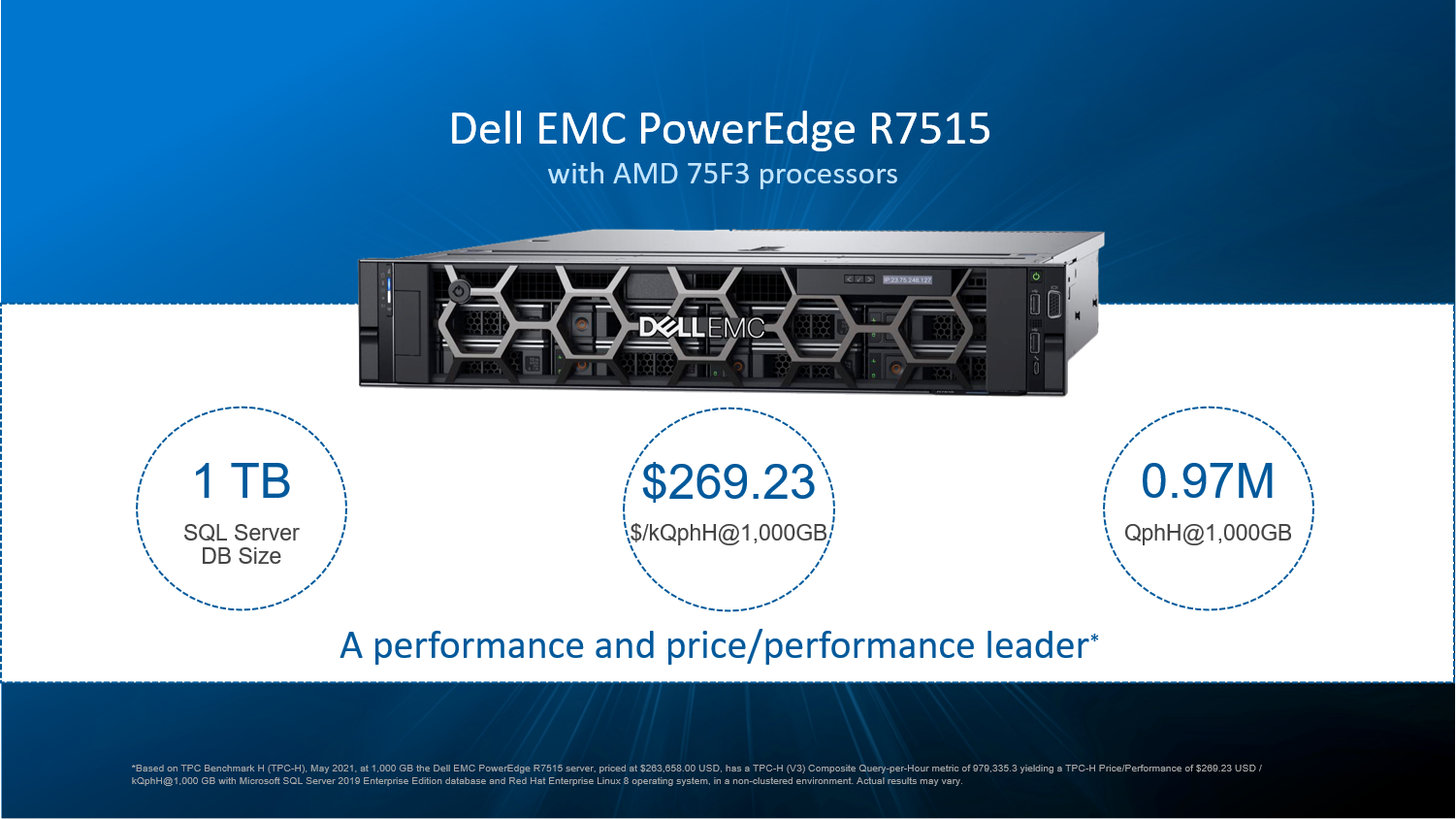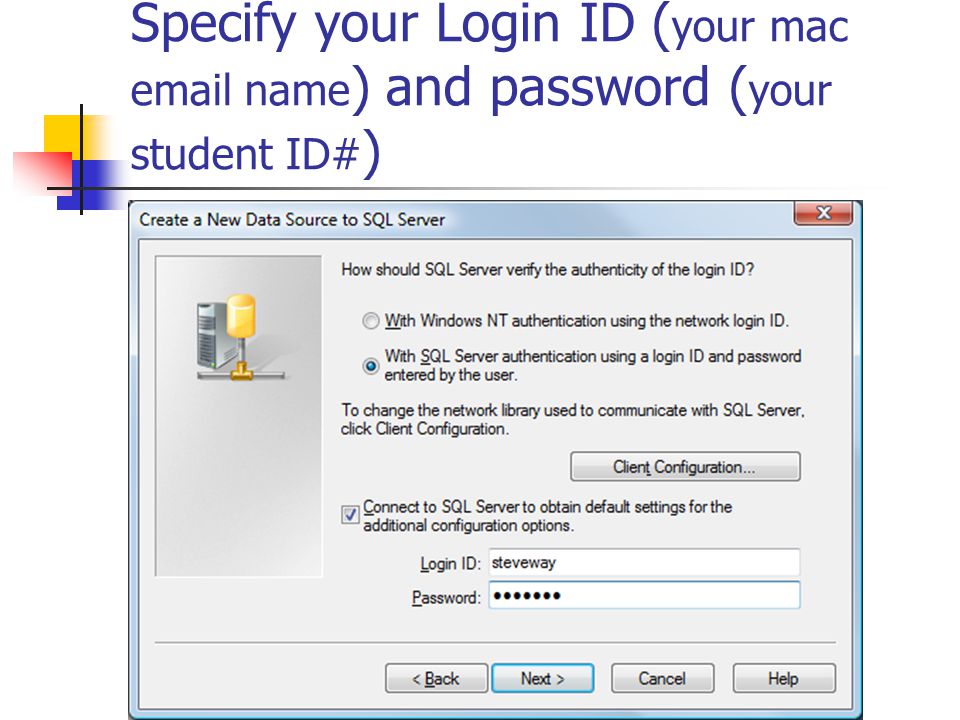
- Pervasive sql client for mac install#
- Pervasive sql client for mac driver#
- Pervasive sql client for mac password#
- Pervasive sql client for mac download#
On Linux and macOS X operating systems, the path is.ĭocument Conventions. Did this page help you? Thanks for letting us know we're doing a good job! Connect to Your Cluster by Using the psql Tool. Please refer to your browser's Help pages for instructions. Javascript is disabled or is unavailable in your browser.
Pervasive sql client for mac download#
Save the download the Redshift Certificate Authority Bundle a.Īt a command prompt, specify the connection information using a connection information string. For more information about sslmodesee Configuring Security Options for Connections. Specify sslrootcert with the location of the certificate. If you use a DNS alias, select v erify-ca. Specify verify-full unless you use a DNS alias. To specify that psql opens an encrypted connection and uses an Amazon Redshift certificate to verify the service, download an Amazon Redshift certificate to your computer. To control whether psql authenticates the service using a certificate, you must use a connection information string to specify connection information, and specify the sslmode keyword. You are connected to the cluster, and you can interactively enter commands. At a command prompt, specify the connection information by using either command line parameters or a connection information string. Original console In the navigation pane, choose Clusters. View the Connection details section and record the Endpoint which is in the following form. On the Properties tab, in the Database configurations section, record the Database name and Port.

Then choose the cluster name from the list to open its details. Choose one of the following steps depending on which Amazon Redshift console you are using.

To connect from psql, you must specify the cluster endpoint, database, and port. You can type the queries interactively or read them from a file. After you create an Amazon Redshift cluster, you can use psql, a terminal-based front end from PostgreSQL, to query the data in your cluster. If you've got a moment, please tell us how we can make the documentation better. Thanks for letting us know this page needs work. Please refer to your browser's Help pages for instructions.If you've got a moment, please tell us what we did right so we can do more of it. Alternatively, if you loaded the sample tables and data from the Amazon Redshift Getting Startedyou can test your connection by typing the following query into the Statement window. If your connection is successful, a listing of records appears in the Results tab.
Pervasive sql client for mac password#
In Passwordtype the password associated with the master user account.Ĭhoose the Save profile list icon, as shown below. If you are following the Amazon Redshift Getting Startedtype masteruser. In Usernametype the name of the master user.
Pervasive sql client for mac driver#
In the Driver box, select the driver you just added. If the Please select one driver dialog box displays, select com. Choose the folder icon next to the Library box, navigate to the location of the driver, choose it, and then choose Open.

In the Name box, type a name for the driver. In the New profile box, type a name for the profile. For more information, see Step 4: Authorize Access to the Cluster.Ĭhoose Fileand then choose Connect window. Also, make sure you have configured firewall settings to allow access to your cluster. Any system: In a command shell, type java -version. Windows: In the Control Panelchoose the Java icon. Mac: In the System Preferenceschoose the Java icon. Connecting to an Amazon Redshift Cluster Using SQL Client Tools To determine which version of the Java Runtime Environment is running on your system, do one of the following.
Pervasive sql client for mac install#
Amazon Redshift doesn't provide or install any SQL client tools or libraries, so you must install any that you want to use with your clusters. If you've got a moment, please tell us what we did right so we can do more of it.


 0 kommentar(er)
0 kommentar(er)
